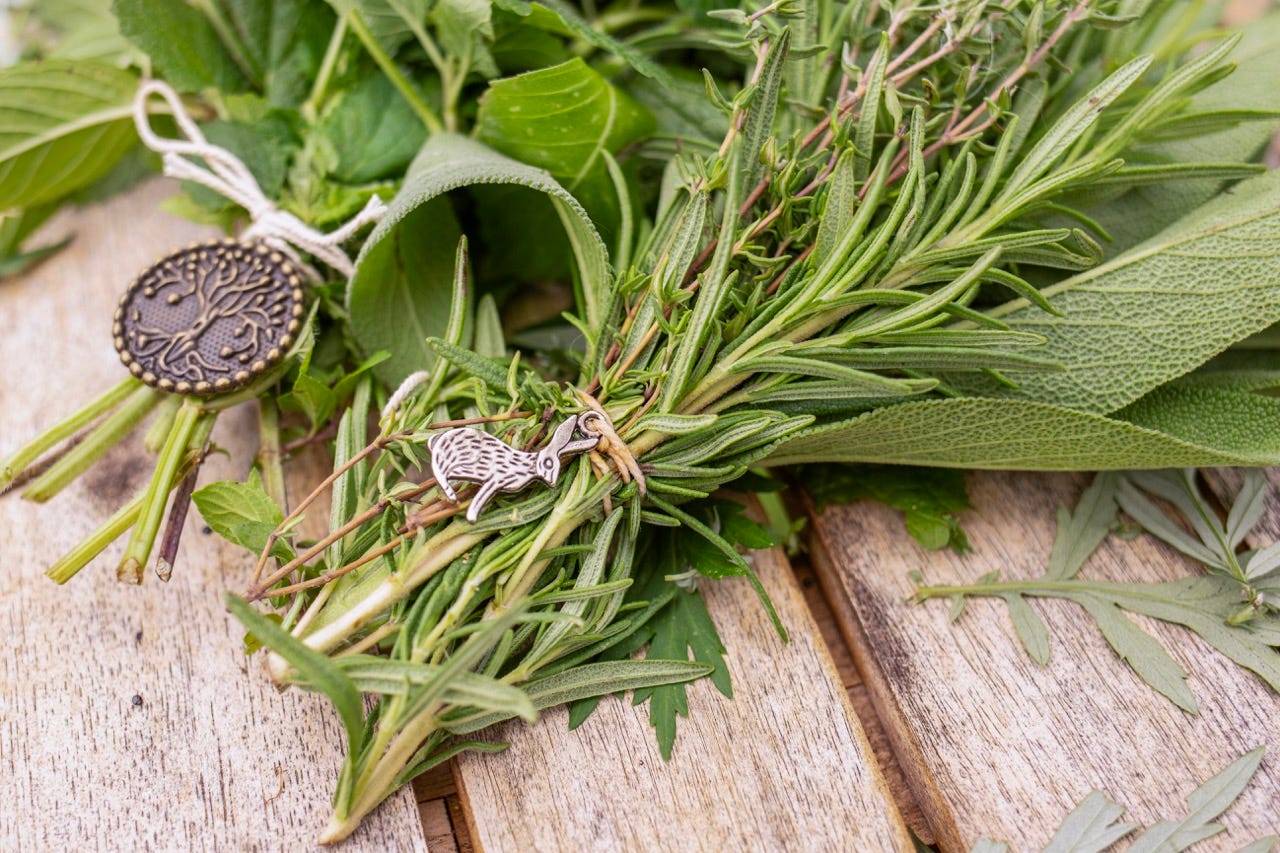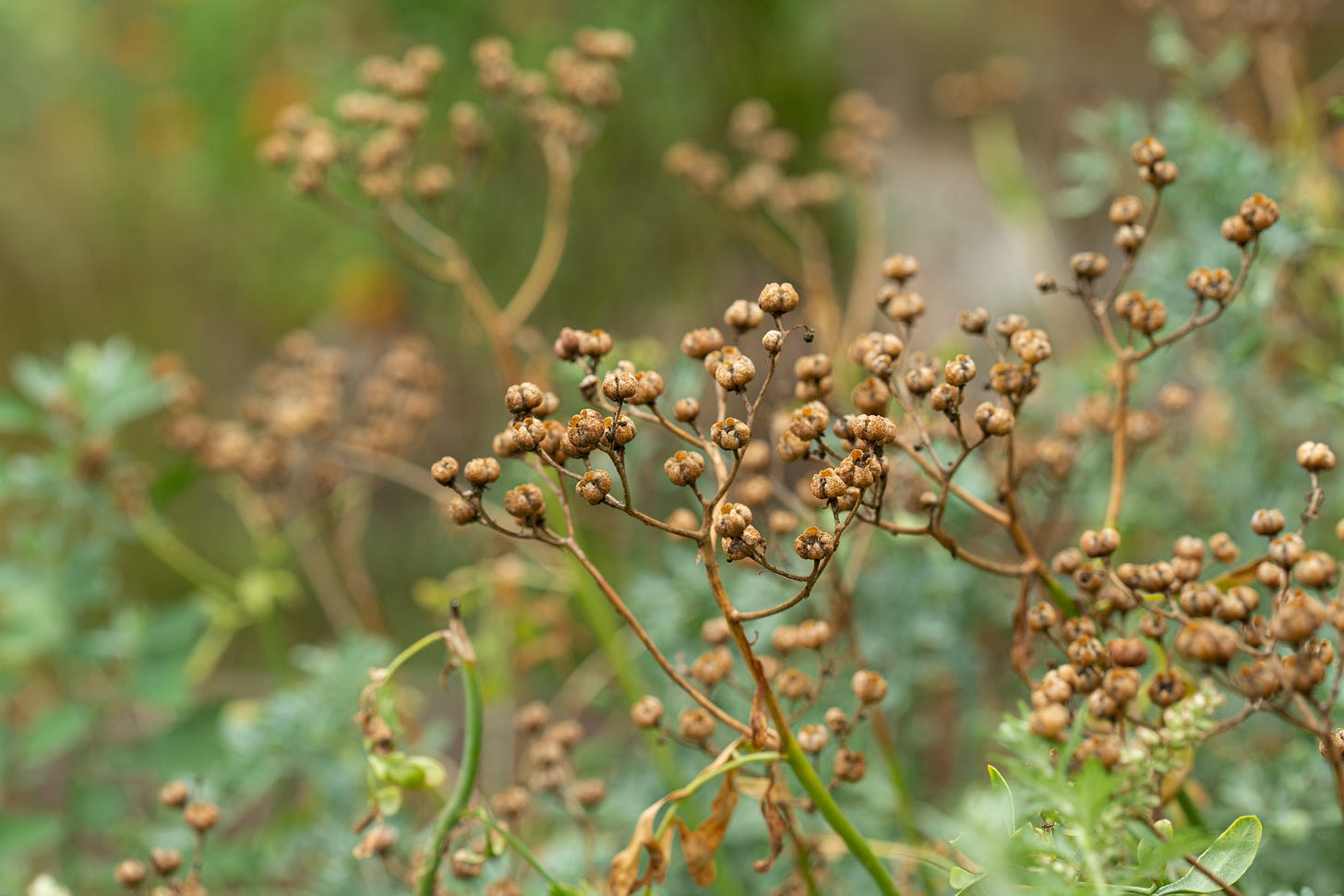Experiencing Seasonal Rhythms Through Herbal Rituals
Connecting with nature through the lifecycles of plants and wildlife
A few years ago, I came across a lovely book called Herbal Rituals by Judith Berger. It’s a beautifully written book that intertwines herbal wisdom with the rhythms of the seasons. The book explores the spiritual, medicinal, and practical uses of plants, with each chapter dedicated to a month of the year. It really makes you consider the relationship between humans and the natural world.
As I was reading—somewhere around the chapter for June or July—I realized that, over the years, I had begun to create my own herbal rituals without really giving it much thought or even calling them rituals. It became an intuitive practice that naturally went hand in hand with tending a garden.
There’s just something magical about working with plants throughout the seasons: observing herbs and flowers along their life cycle, watching as they sprout, healthy and vibrant, full of life. So young and small at first.
Then they grow into their fullness, flowering or fruiting. Their foliage growing bigger and stems getting stronger. Their leaves perfect and pristine, feeding and housing and protecting insects, nurturing different forms of wildlife, and nourishing us too.
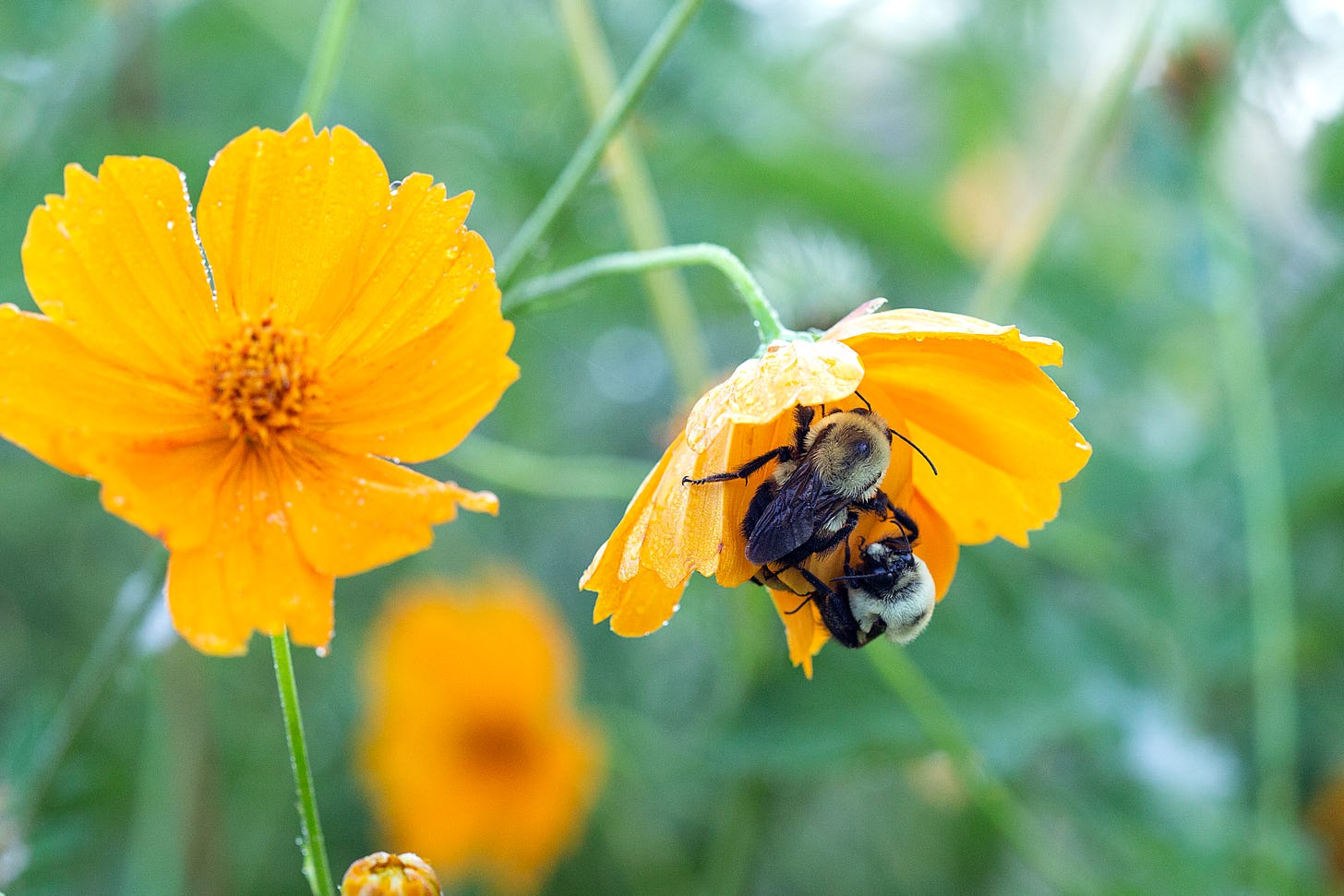
As the plants grow older, they begin to go to seed. Their appearance often becomes tattered, with faded colors and worn-out foliage, picked apart by insects and weathered by the harsh summer climate. Yet even then, they still offer their life force and their nutrients—and always, wisdom.
It occurred to me that this whole cycle is the concept of Maiden, Mother, Crone displayed in plant form.
The cyclicality of nature reveals, in each season, rhythms and energies that can be felt deep in our bones—if we attune to them. But we seem to have forgotten how to revel in these rhythms. Even if we do feel the shifts in energy and emotion, we often don’t notice them or stop to enjoy the shift. We are too busy, too lulled by our artificial routines, or too dazzled by the next shiny object. As Judith Berger states in Herbal Rituals, we’ve become "technologically encumbered."
To break out of that, we can practice seasonal and herbal rituals. These have helped me tap back into the rhythms of the earth, rhythms that we all still hold within us in our ancient knowing. I’ve been thinking about this more as we approach the holidays because so many of our rituals around holidays are tied to the seasons and are reminiscent of ancient practices where we were driven to action by harvest times and guided by the urgency of the disappearing light.
Working with plants—observing them and cultivating them in each season—keeps us constantly in touch with these natural rhythms that feel instinctual: planting, growing, fruiting, sowing, harvesting, storing, and then decay and death, only to start again.
Seasonal rituals with plants offer a way to directly touch and take in the sacredness of nature through all of the senses.
Here are a few of my favorite seasonal herbal rituals that I practice during fall as we transition into winter.
Making Herbal Brooms and Bundles
Making little brooms and herb bundles to hang around the house as decoration begins in spring and continues into fall, especially as Halloween and Samhain approach when they can be used on altars or for decoration.
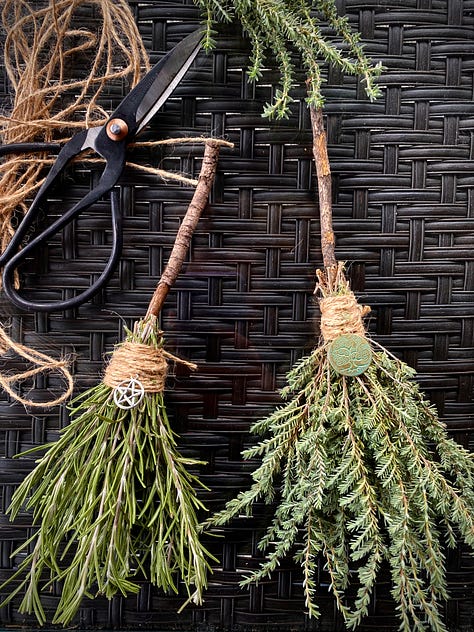

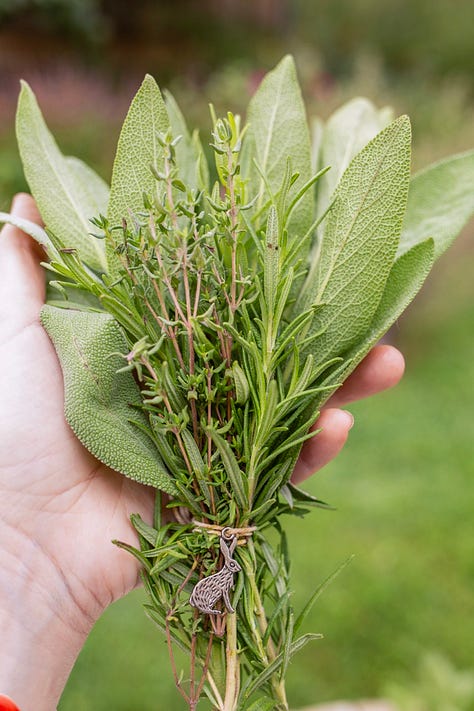
For those of us drawn to crafting herb bundles and besoms, there’s something inherently grounding about this act. Gathering herbs, tying them into bundles or bouquets, and hanging them around the home feels like a direct connection to ancient practices of honoring the harvest and preparing for the darker months. It’s a wonderful way to dry herbs for winter use. In fall, the bundles change, shifting to include the herbs that are still usable now. If creating simply for decoration, flowers can be added. The flowers I used in spring and summer have now changed to late-season blooms like marigolds.
I wrote this guide on my website on how I dry herbal bundles and make herbal bouquets.
Planting Alliums
Fall is also the season for planting garlic, which has become an annual ritual for us every October. Garlic needs time to mature and won’t be ready until June. In fall we clear out a couple of beds, amend the soil with compost, and plant the cloves. Onions can also be planted at this time in our region either from seed or seedlings from what I have started indoors. Planting alliums in October is a little act of hope and faith. Hoping they don’t all get dug up by squirrels, and faith that Mother Nature will do her part and we will instead be digging up large bulbs for the kitchen come June.
Read more here about the joys of having a fall garden and what I plant from seed in fall.
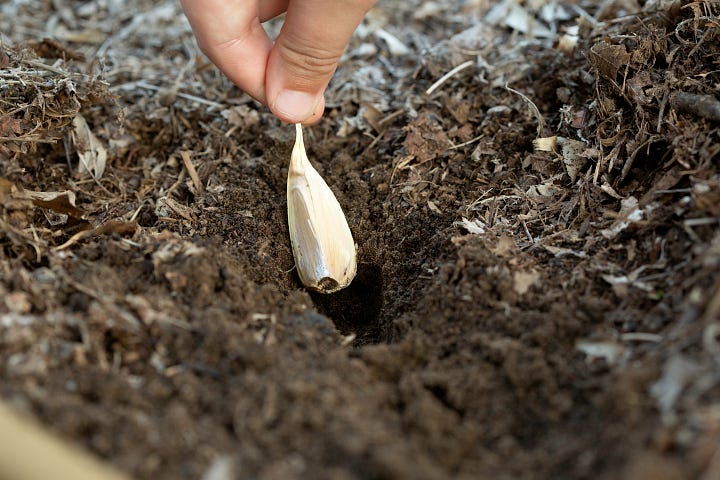

Making Tinctures
Many roots are ready to harvest now as well. As fall approaches and the days shorten, many perennial and biennial plants begin to shift their energy downward, redirecting nutrients and life force back into their roots to prepare for winter dormancy. This year, our valerian plants—now two years old—were harvested, and we made valerian tinctures.
Gathering Herbs for Winter
I’m also bringing in herbs like rosemary, thyme, and sage, drying and crafting them into herbal blends and storing them for winter. Basil and oregano and a few others that were harvested over summer and dried are now combined to make Italian seasoning. Some herbs, like lemon balm and peppermint and chamomile are combined for herbal tea blends.
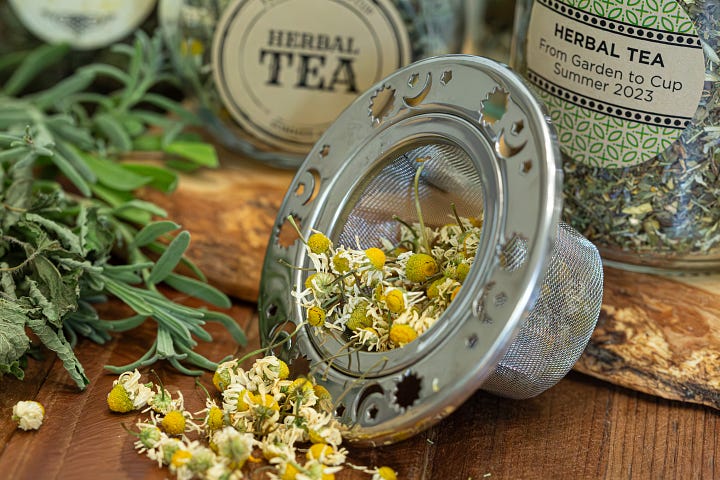
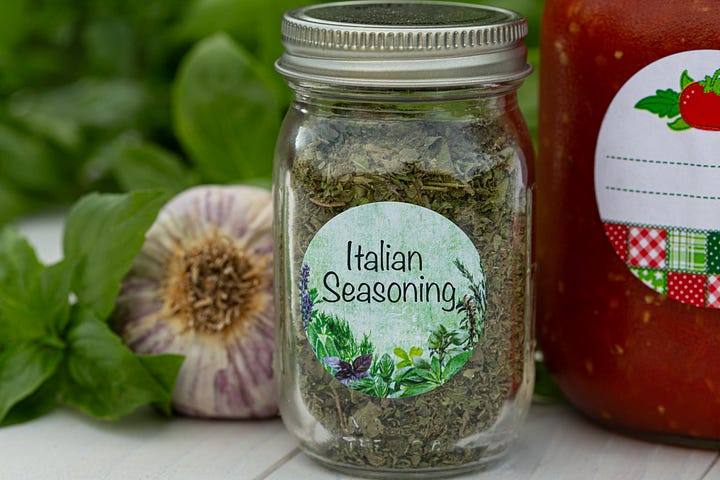
Making Bone Broth
Soup is back on the menu as the days grow colder. One of my favorite practices during this season is making bone broth which I can freeze and use later. This is a great way to use up herbs from last year, including dried chamomile flower which I have come to love as a secret ingredient in my homemade bone broth. If you saved any stems from earlier spring and summer herbal harvests, these can also be added to bone broths.
Saving Seeds
This is also a time for seed saving. Seeds are harvested from flowers and carefully packed away to replant indoors during winter or to sow directly into the soil in spring or now for overwintering. Some seeds, however, are left on the plants all winter for birds. Our garden remains a favorite spot for birds, who feast on these seeds as one of their preferred snacks in winter.
Here’s more information on how I harvest and store seeds from the garden.

Crafting with Herbs
I’ve also been drying citrus fruits like grapefruit and oranges. These are strung into garlands for the mantle, the Christmas tree, or hung in a window where they can catch the light and serve as a reminder that even though it feels as though darkness defines our days in winter, the sun will return.
Simmer pots are another seasonal favorite, filled with dried oranges for happiness, apples for protection, and cinnamon sticks for abundance. Herbs from the garden can be added as well.
Crafting with herbs is a creative way to keep connecting with herbs as the garden is put to bed. Mugwort and lavender combine beautifully to create dream pillows, bringing a touch of calm to long winter nights.
Flowers that were placed in flower presses in spring and summer are ready to revisit for crafts or just to remind ourselves of the vibrant colors that may be fading in our memory.
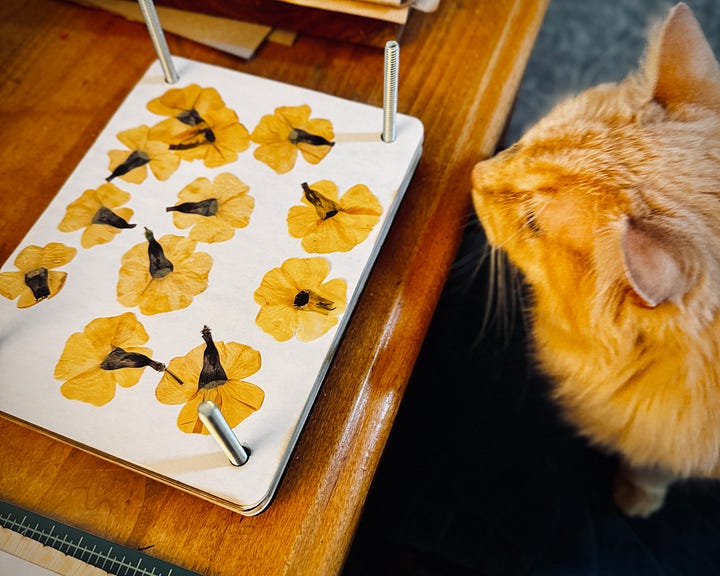
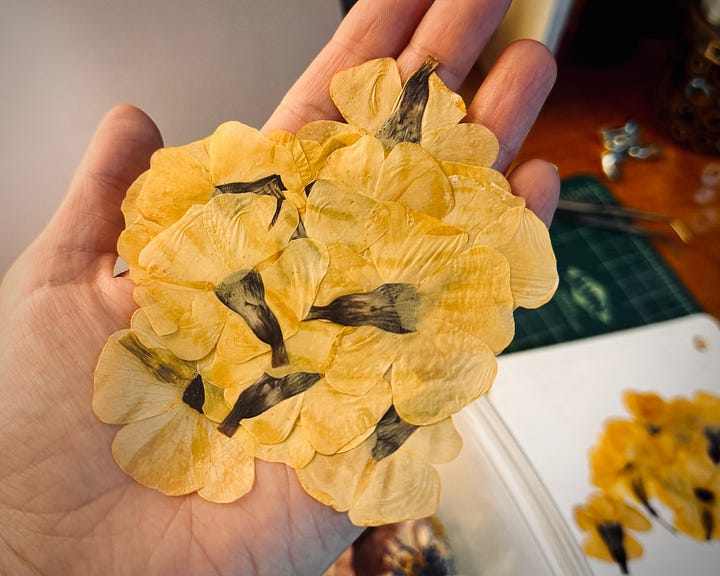
The Seasonal Rituals of Garden Wildlife
Of course, this season wouldn’t be complete without observing how insects and other wildlife practice their own seasonal rituals. It’s a time of great transformation for wildlife in the garden. Early fall brings the monarch migration. They float around the garden dipping down to “taste” the plants with their feet. Once they find the milkweed, I watch as they stop and bend their abdomen to deposit an egg under the leaves. As soon as they move on, I go out to find the tiny eggs, excited for the caterpillars I will see soon.
This time of year, the garden is set alight with the orange of the Gulf fritillary butterflies who have laid eggs on their host plant, passionflower vine, which I started from seed back in summer. Their spiky caterpillars are chomping away, preparing to pupate and transform.

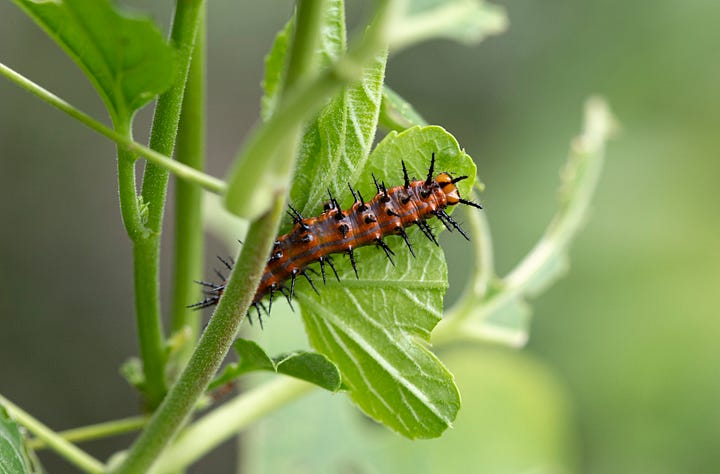
Watching frogs, turtles, lizards, and insects prepare to go to ground for winter is also part of this seasonal transition. Insects hide under the fallen leaves I leave in place, adding another layer of life to the garden as I walk through it, gathering plants and observing nature.
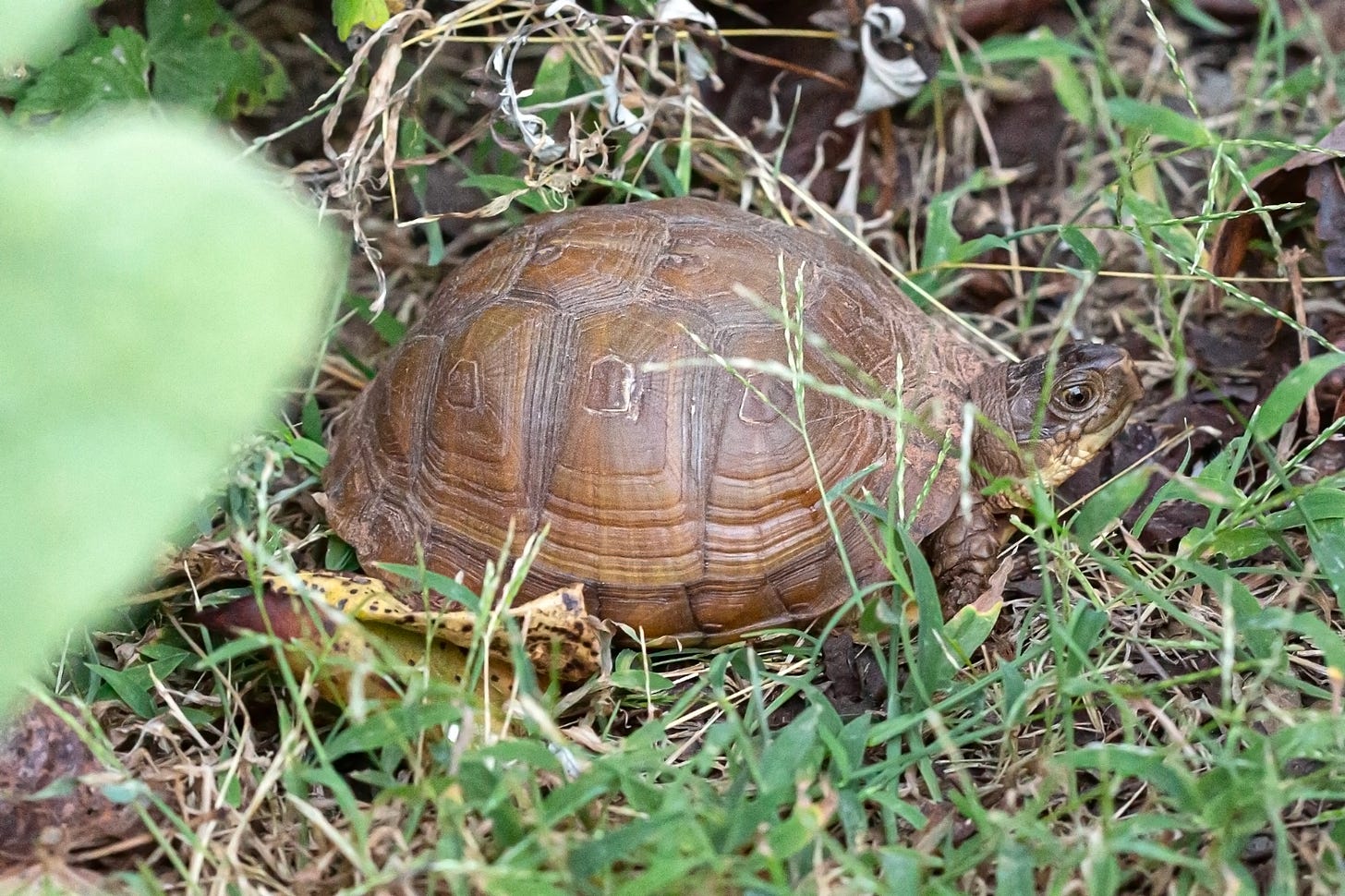
Working directly with plants—engaging with them through sight, touch, taste, and scent, or simply providing and cultivating certain plants to support wildlife-is a powerful way to reconnect with the seasonal rhythms of the earth. It’s a reminder of our connection to nature and that we are inherently part of these cycles, no matter how far removed from them we may feel.



